On April 12, 1961, 27-year-old cosmonaut Yuri Gagarin returned to Earth after a 108-minute flight around the Earth in the Vostok 1 spacecraft, completing the first human exploration of the universe. To remember this historic event and to promote the exploration and use of outer space for peaceful purposes, the International Day of Human Space Flight is celebrated on this day every year.
Last Wednesday (April 12), the INSIGHT Series, jointly organized by ZIBS and ZJUI, invited ZJUI Assistant Professor Mark D. Butala to share his career at the Jet Propulsion Lab (JPL). During the event, Mark introduced his personal journey, his role relating to space, and shared recent innovations and disruptions in space science with images and videos.
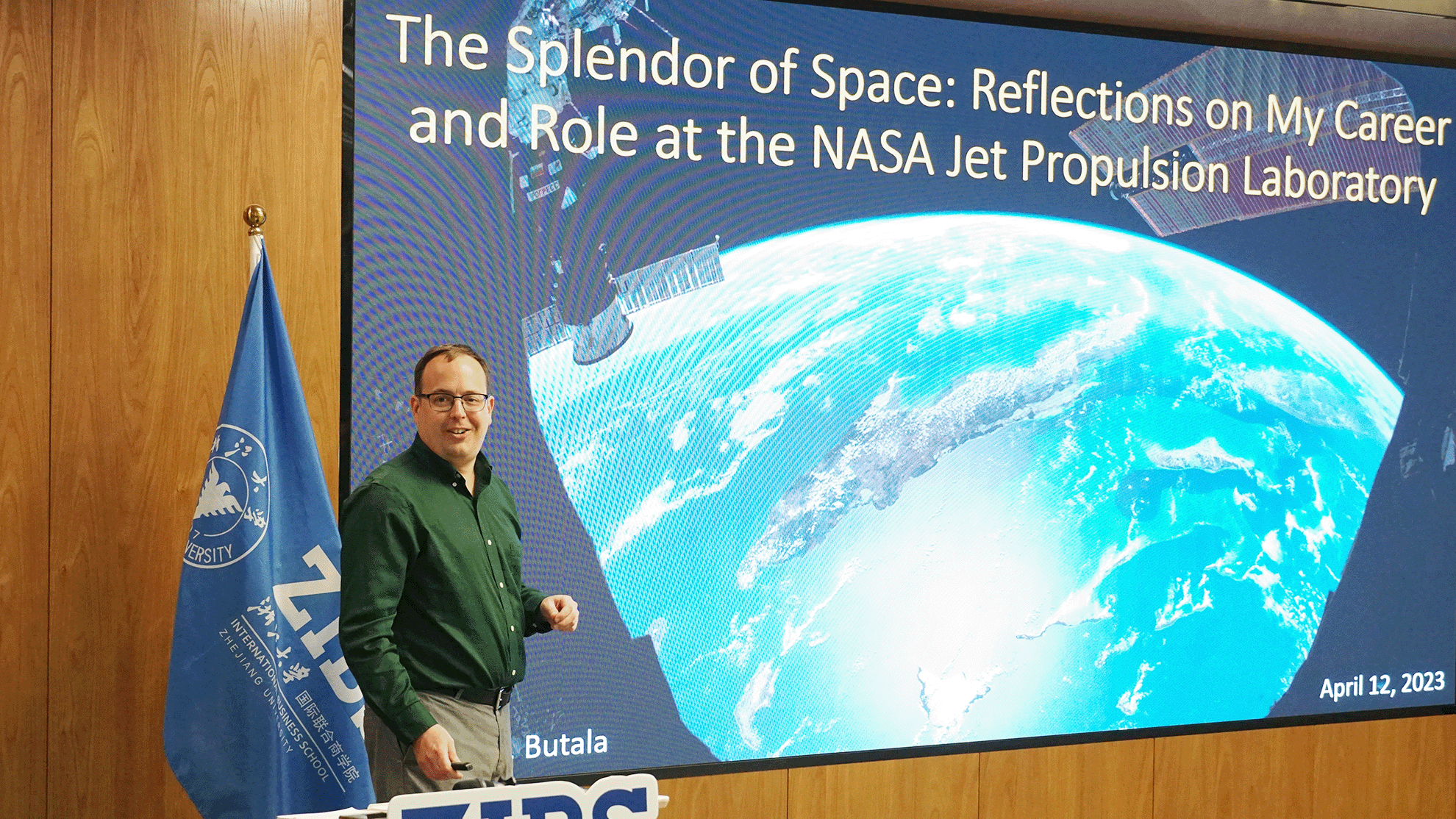
About JPL
As a former researcher at JPL, Mark first gave a brief introduction of JPL using the scenes from the sci-fi movie The Martian as examples. Being a research and development center, JPL is a leader in robotic space exploration. It is located in Pasadena, California, and is managed for NASA by California Institute of Technology.
So far, JPL-built probes have explored all the planets of the solar system. The Voyager 1 and Voyager 2 probes had explored Jupiter, Saturn, Uranus, and Neptune, and had left the solar system and were continuing their journey outside of the solar system. Cassini-Huygens, whose main mission was to space probe Saturn, is known for taking many beautiful pictures of the planet.
In addition to working with and learning from JPL scientists and engineers, it was also an opportunity to witness firsthand how the world's most high-profile exploration programs were carried out through the efforts of scientists across the world. During his presentation, Mark also showed pictures of JPL's work environment, such as clean rooms where the spacecraft are assembled and a test replica of the Curiosity rover.
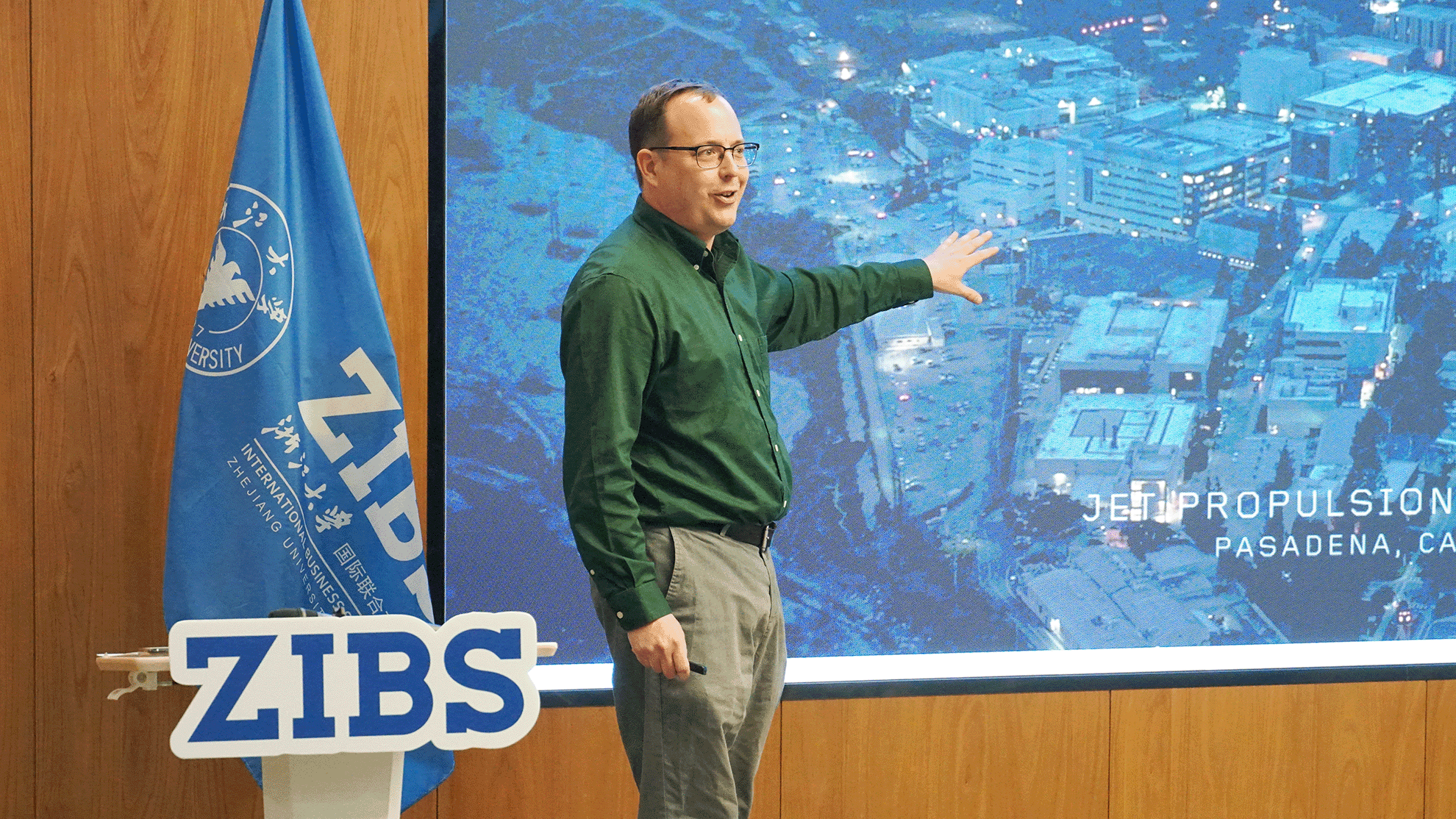
Working with Curiosity
During his time at JPL, Mark was involved in the Mars Science Laboratory mission. He shared this unique experience of working with the Curiosity rover through videos and images.
Originally conceived in 2004, the Mars Science Laboratory mission was finally launched on November 26, 2011, after a long preparation process that included equipment and landing site selection and repeated assembly tests at JPL. The rover successfully landed on the surface of Mars after several months of flight.
As the largest and most advanced Mars rover at the time, the rover applied a series of complicated landing maneuvers never before attempted, because tested landing techniques used during previous rover missions could not safely accommodate the much larger and heavier rover. Technicians had to overcome unprecedented difficulties to ensure its safe landing, especially the "7 Minutes of Terror" — the last stage before the crucial landing. On the scale from 1 to 10, the difficulty of landing on Mars is at 20, which already broke the threshold. Thanks to the combined efforts of the team, Curiosity eventually landed successfully.
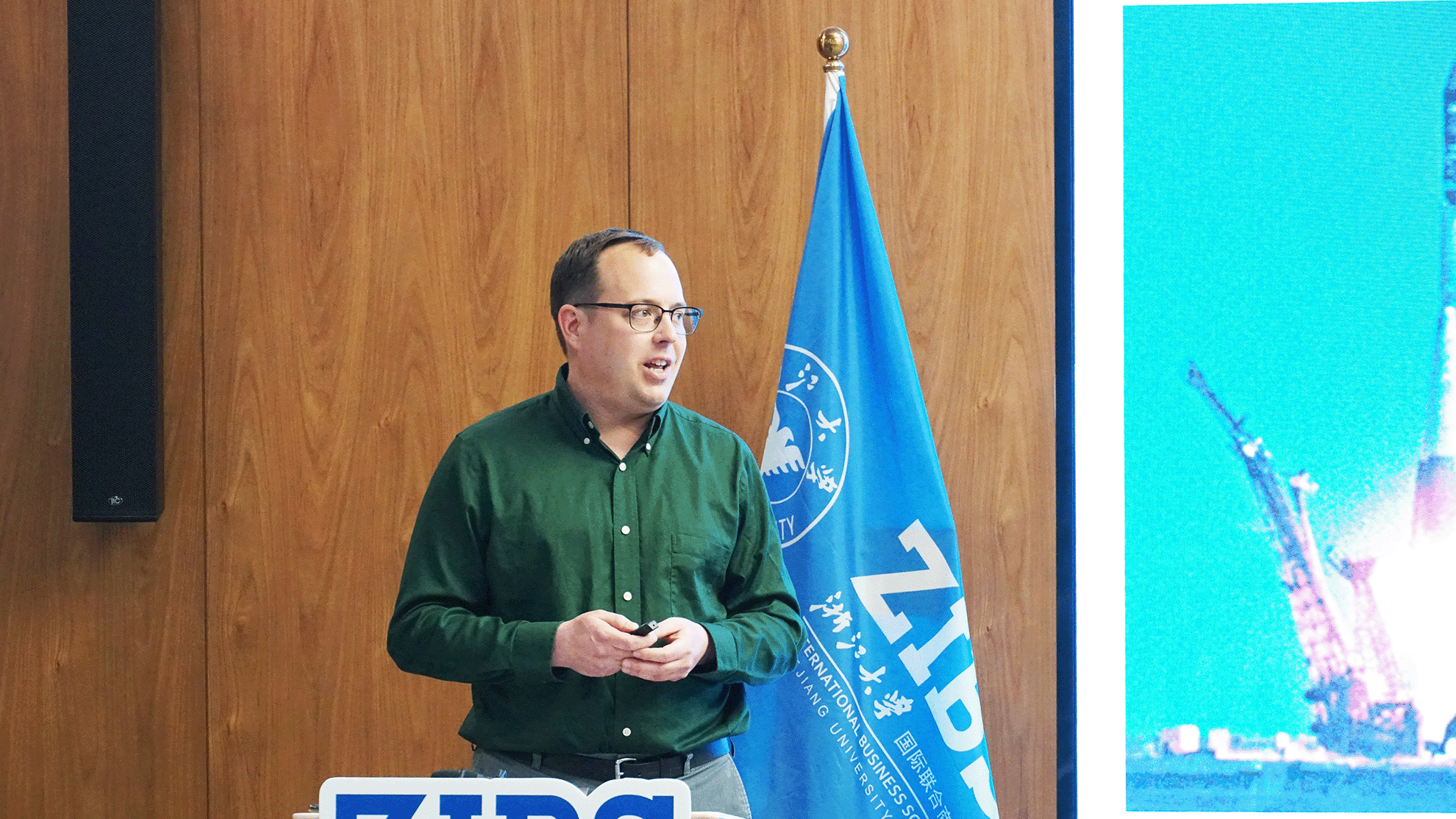
In the mission, a JPL team which included Mark used data collected by GPS receivers at different locations around the world to assist in determining the position and trajectory of the spacecraft that carried the rover to Mars, thus participating in the rover's position and orbit correction-related tasks.
More than a decade has passed since 2011, and as the fourth U.S. rover to explore Mars, Curiosity's mission is to determine whether the Red Planet ever was habitable to microbial life. From proving the presence of water to discovering ancient riverbeds and detecting organic matter, the Curiosity mission still continues.
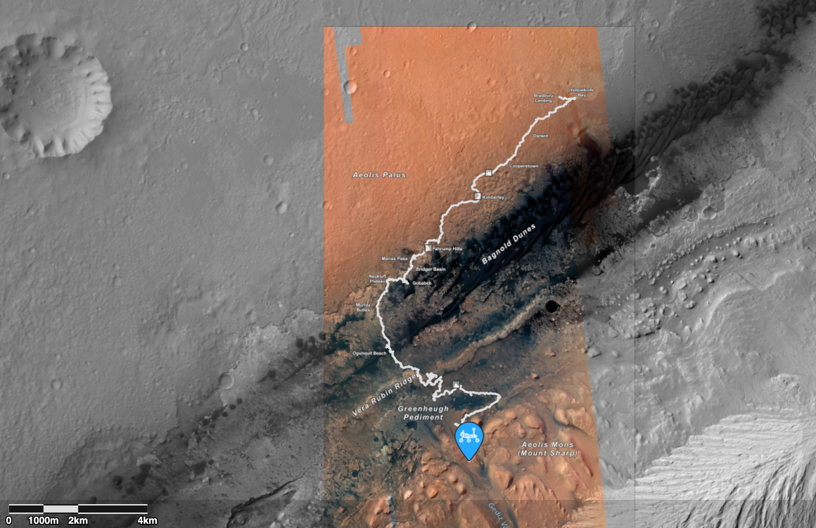
Future of Space Science
In addition to the space exploration missions underway today, there’s much larger uncharted territory in space. At the end of the lecture, Mark pointed out that even now, our knowledge of outer space is still very limited. Aside from other galaxies, dust, and gases that can be observed with telescopes, there is also mysterious and invisible dark matter in the vast universe, and dark energy that drives the motion of the universe, which are all directions to be explored in the future.
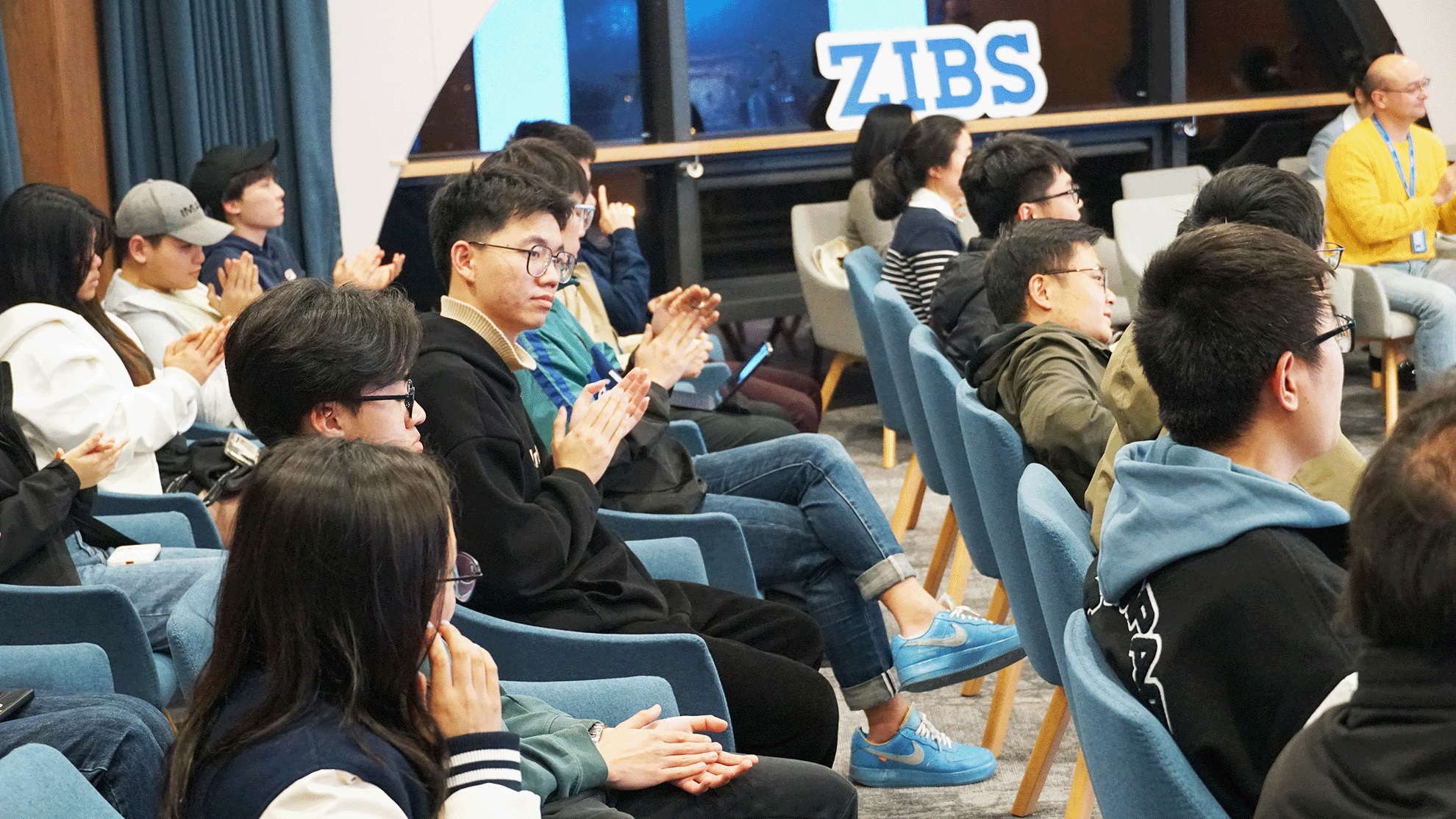
During the Q&A session, students and faculty showed extensive interest and enthusiasm in space-related topics and had discussions with Mark on how to accurately calculate probe locations, the cost of future space exploration, the unique experience of working at JPL, and other issues.




